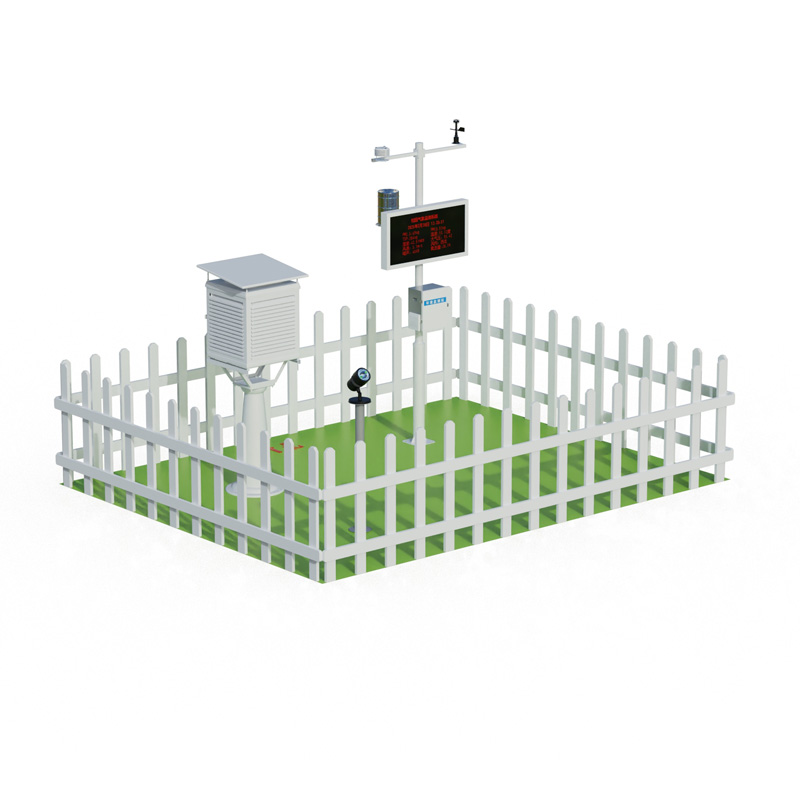Meteorological environment monitoring equipment supplier
Insist on doing high-precision customer favorite technology products
School weather station monitors meteorological data in real time, using automated collection and analysis to serve teaching, science popularization, and environmental monitoring.
In a lush corner of the campus, perhaps on the edge of the playground, or on the roof of a laboratory building, stands a sophisticated device—School weather station. Like a loyal and perceptive "weather forecaster," it tirelessly gazes at the sky day and night, sensing subtle changes in wind, frost, rain, snow, temperature, and humidity, silently safeguarding the daily life of the campus.
School weather station is not just an ordinary decoration; it is a specialized meteorological device designed specifically to meet the needs of teaching, science popularization, and environmental monitoring on campus. Visually, it typically consists of a wind tower, sensors, a data logger, and solar panels, with a compact and self-contained structure. Its core value lies in the word "fully automated."
Automation permeates every aspect of its operation. During the data acquisition phase, high-precision sensors automatically monitor multiple meteorological elements in real time, including temperature, humidity, wind speed, wind direction, air pressure, rainfall, and even light intensity, replacing the tedious and time-consuming traditional manual observation. The collected raw data then enters the data transmission process, using built-in processing and wireless transmission modules to transmit strings of numbers representing weather conditions in real time to the school's data center, meteorological science display screens, or the back-end systems of relevant management departments. Finally, at the data analysis and presentation stage, the system automatically processes, stores, and analyzes this massive amount of data, not only displaying and updating various data sources in real time on electronic screens but also generating intuitive trend charts and historical data comparisons.
This seamlessly integrated automated process makes the process from the perception of meteorological data to its presentation to teachers and students almost instantaneous. Teachers and students can easily see the most accurate campus microclimate at a glance when passing by the display screen during breaks, providing vivid and authentic first-hand information for teaching courses such as geography, physics, and science. It brings meteorological science down from the textbook and makes it tangible and relatable.
Because of its powerful functions and educational attributes, the deployment location of School weather station has been carefully considered. Located near the school playground, a high-traffic area, it allows students to directly experience the connection between weather and outdoor activities; near the laboratory building, it can be closely integrated with relevant course experiments, becoming an extension laboratory for science teaching; and when deployed in the ecological observation area, it can provide continuous and accurate climate background data for biological and environmental research, helping teachers and students understand the interaction between organisms and the environment.
In short, School weather station is not merely a monitoring facility; it is a comprehensive platform integrating technology, education, and practice. With its stable, accurate, and efficient automated services, it quietly promotes the development of science education on campus, stimulates students' interest in exploring the mysteries of nature, and is an indispensable "smart touchpoint" in the construction of a smart campus.
